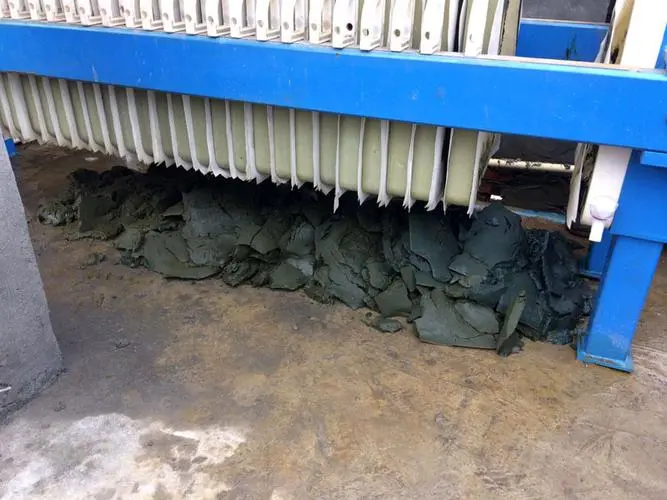Looking to optimize your filter press performance and reduce production costs? Understanding filter cloth replacement cycles is crucial. As a vital component, the filter cloth directly impacts filtration efficiency and product quality. Here’s a comprehensive guide to help you judge when to replace your filter press cloth.

Factors Affecting Filter Cloth Replacement:
- Filter Cloth Material: Different materials offer varying degrees of wear resistance, corrosion resistance, and high-temperature tolerance. High-quality cloths, naturally, last longer.
- Filter Medium: The characteristics of what you’re filtering significantly impact the filter cloth. Highly concentrated or viscous materials can clog the cloth faster, shortening its lifespan.
- Operating Conditions: Filtration pressure, temperature, and duration all play a role. Excessive pressure and high temperatures accelerate wear, while continuous operation can lead to fatigue and damage.
- Maintenance: Regular cleaning, inspection, and repairs extend filter cloth life. Neglecting maintenance can lead to premature replacement due to issues like blockage and wear.
Determining the Replacement Cycle:
Several methods can help you decide when to replace your filter cloth:
- Observation Method: Visually inspect the filter cloth for color changes and staining. This provides a preliminary indication of replacement needs.
- Performance Testing: Evaluate the cloth’s performance by measuring filtration speed and retention rates. This gives a more objective assessment of its functionality.
- Experience Method: Leverage historical data and accumulated experience to establish a suitable replacement cycle for your specific filter press operation.
Extending Filter Cloth Life:
- Choose the right filter cloth material based on your specific application and filtration medium.
- Implement a regular cleaning and maintenance schedule. Regular cleaning removes built-up material and prevents clogging.
- Optimize operating conditions. Maintain appropriate pressure and temperature settings, and avoid exceeding recommended operation times.
- Invest in high-quality filter cloths. While the initial cost might be higher, their extended lifespan can offer significant cost savings in the long run.
By understanding these factors and implementing these strategies, you can effectively judge filter cloth replacement cycles, optimize filter press performance, and reduce overall production costs.
For more information on filter press optimization or to discuss your specific filtration needs, please visit ChinaFilter’s official website or contact us for a consultation.
